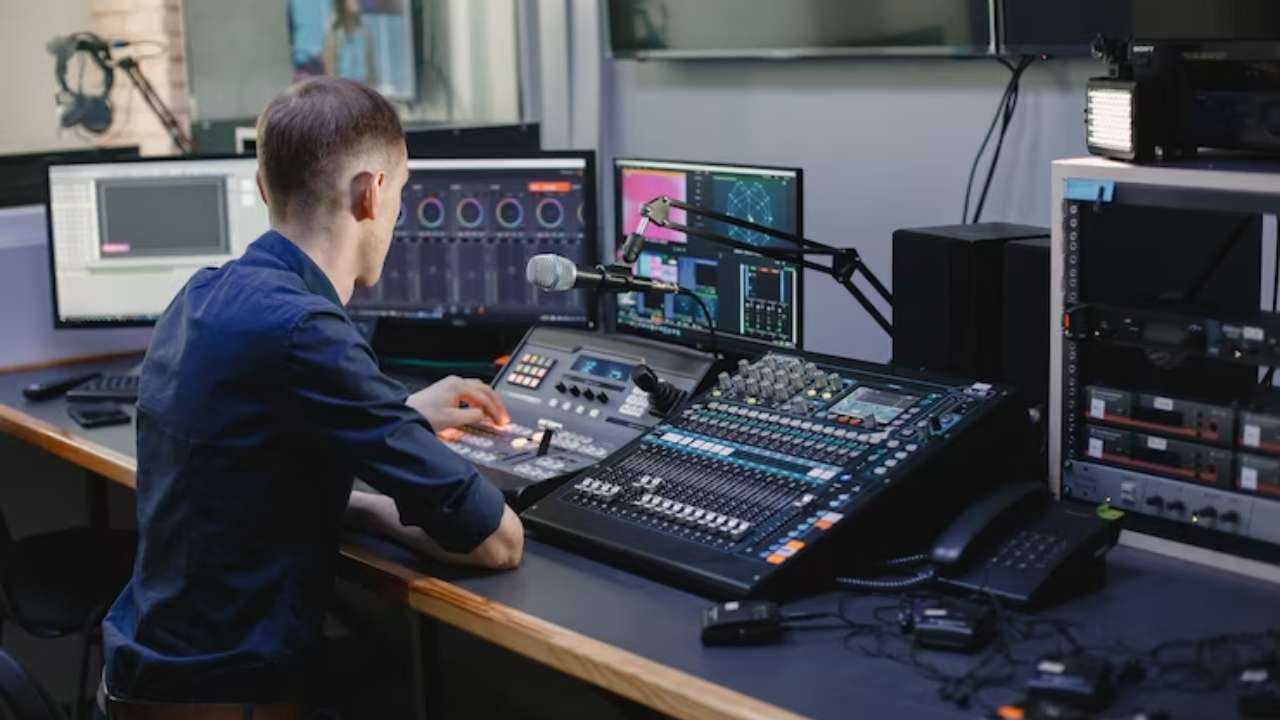Revolutionizing Transmission with Cutting-edge Audio over Internet Protocol Technologies toward a Connected Tomorrow
Revolutionizing Transmission with Cutting-edge Audio over Internet Protocol Technologies toward a Connected Tomorrow
Blog Article
The world of broadcasting is undergoing a major shift due to innovative audio via IP (AoIP) solutions. Such advancements are revolutionizing the way audio content is produced, distributed, and received. Audio over IP is defined as the approach of sending audio signals over a computer system, using Internet Protocol (IP) instead of traditional analog techniques. This change not only enhances the standard of audio delivery but also provides broadcasters with more freedom and authority over their programming.
A single key advantage of audio over IP systems is its ability to link multiple devices and systems seamlessly. Traditional broadcasting often depended on complex cabling and tangible connections, which could be cumbersome and restrictive. With AoIP, broadcasters can readily connect microphones, audio consoles, and additional equipment through a common infrastructure. This integration allows for remote broadcasting and live streaming from almost any location, making it easier to connect with listeners across the world. As a consequence, broadcasters can react quickly to current events and listener requests, leading to more vibrant and captivating content.
Additionally, AoIP systems facilitates superior audio standards that enhance the auditory encounter. Unlike traditional broadcasting methods, which may compromise sound quality, audio over IP can maintain the purity of the audio stream throughout the transmission process. This means that audiences can experience clearer and richer sound, whether they are listening in via terrestrial radio, streaming over the internet, or using mobile devices. The capability to deliver premium audio is especially crucial for music and talk shows, where every nuance matters to the listeners.
Additionally, the implementation of audio over IP systems can lead to cost savings for media companies. By using existing network infrastructure, companies can remove the need for costly hardware and extensive cabling. This not only reduces upfront costs but also decreases maintenance costs over time. Media firms can distribute resources more efficiently, focusing on production and talent development. As a result, the entire media industry can benefit from increased innovation and creativity, as financial resources are redirected toward improving programming and engaging with audiences.
In summary, the shift towards audio over IP technologies is transforming the media landscape. By allowing seamless links, enhancing audio quality, and lowering costs, AoIP is paving the way for a more connected future in media. As broadcasters continue to adjust to these changes, they will be better equipped to meet the demands of their listeners, produce captivating content, and stay competitive in an ever-evolving industry. The future of broadcasting is bright, click and audio over IP will play a crucial role in shaping the manner in which we experience audio content in the future to follow.